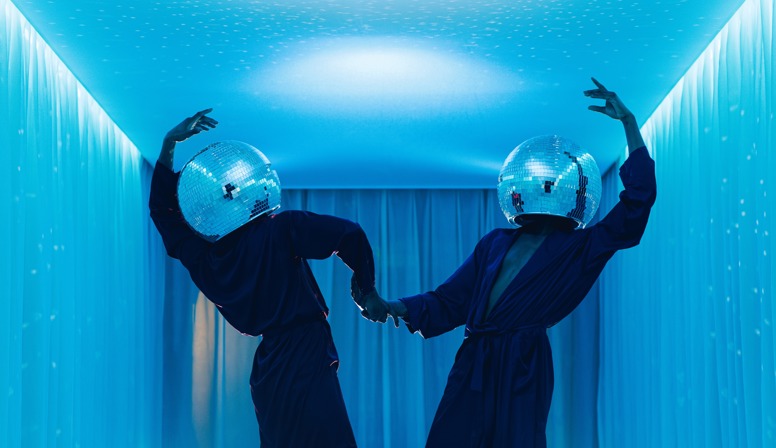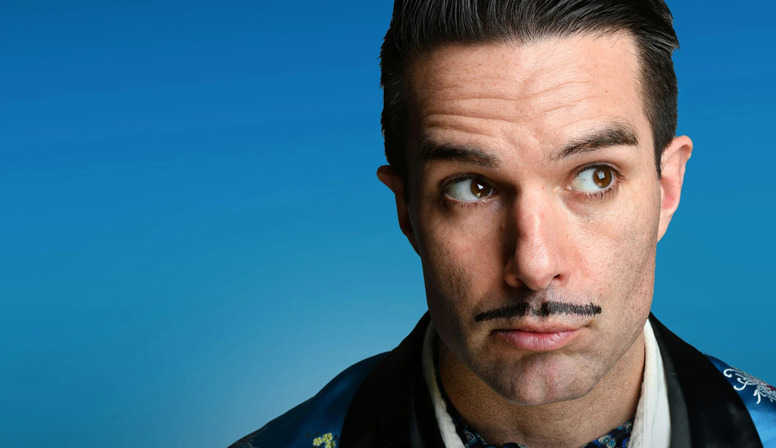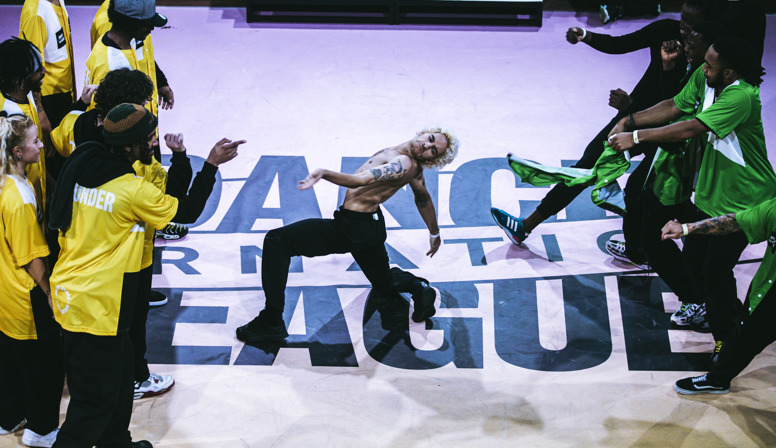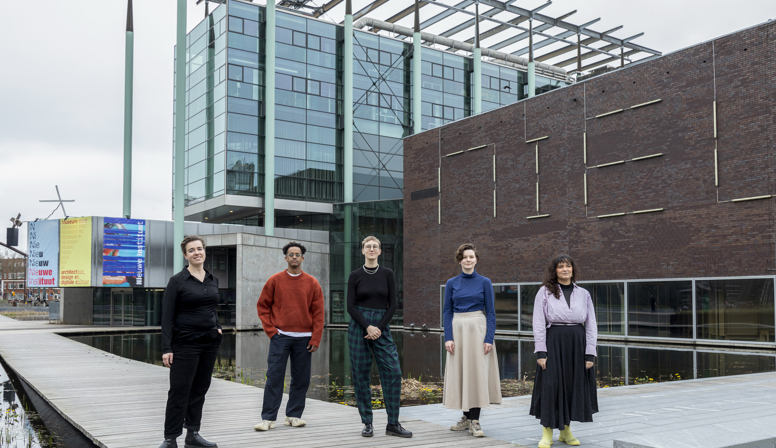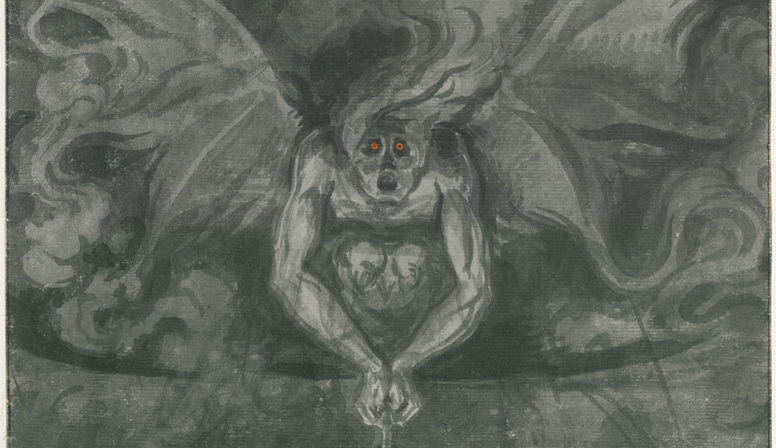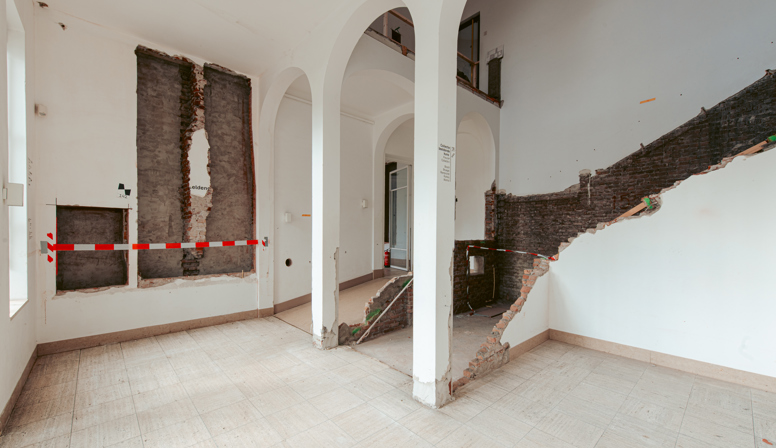
Big retrospective exhibition of photographer Richard Avedon at Kunsthal
Richard Avedon is a pioneer in fashion and portrait photography. During his career, he often photographed his models several times at different times in their lives, revealing the developments in the character of those portrayed and the relationship between photographer and subject. From 1 June, the Kunsthal will present the broad oeuvre of the master photographer with the exhibition Relationships, consisting of 130 photographs that highlight both Avedon's pioneering contribution to fashion photography and his characteristic portrait photography.
His powerful, expressive portraits include writer Truman Capote, actress Marlene Dietrich, musician Bob Dylan, artist Andy Warhol and actress and model Nastassja Kinski. Relationships is a celebration of Avedon's innovative power and creativity and shows how the photographer is uniquely able to depict the complexity and fragility of human relationships. The exhibition offers insight into his working methods and shows how Avedon's signature portraits of world-famous actors, dancers, artists and literary luminaries are still iconic within photography today.
Dynamism and glamour
Richard Avedon began his career in 1944 at leading magazines Harper's Bazaar and Vogue, where he revolutionised photography by photographing models in realistic and dynamic settings, as opposed to the then common static poses within fashion photography. With his cinematic images, Avedon creates a narrative where he transports the viewer into a world of glamour and entertainment. The photographer manages to build unique relationships with his models. During his career, for instance, Avedon regularly photographs American supermodel Dovima. The close collaboration resulted in the pioneering fashion picture Dovima with Elephants (1955). In it, Avedon places the model in a Dior gown between two elephants, literally exposing the contrast between 'the beauty and the beast'. Avedon's portrait of Nastassja Kinski (1981), commissioned by American Vogue, also becomes a global icon, but for the timeless eroticism the image exudes.
Close bond
The portraits of American poet and writer Allen Ginsberg illustrate how Avedon is uniquely able to translate the mutual bond of those portrayed into images. Whereas Ginsberg and his partner in the first intimate portrait in 1963 - posing nude - make a relaxed impression, Avedon flawlessly depicts the discomfort that reigns between Ginsberg and his family in the family portrait he creates years later. With the double portrait of Italian writer and director Michelangelo Antonioni and his wife Enrica (1993), Avedon again shows how he manages to capture the relationship between two people in a portrait: the mutual dependence and unconditional support shimmer through in the pose and show the intimate bond between the couple.
On the skin
A characteristic feature of Avedon's portrait photography is that he positions his models in front of a characteristic white background, emphasising the individual. Each work offers a unique opportunity to approach the portrayed as only a partner or family member could. For example, in the portrait of poet and philosopher Isaiah Berlin (1993), Avedon places the viewer so close to the subject that even the smallest wrinkles, lines and eyebrow hairs are visible. In the portrait of Andy Warhol (1969), Avedon focuses on the artist's upper body, showing the almost tangible scars. All Warhol's identifiable features - such as his iconic silver wig - have been omitted by the photographer, leaving the focus entirely on the details of the torso.
Politics
In his career, Avedon photographs several prominent political figures. These include former Secretary of State Henry Kissinger (1976), and the Duke and Duchess of Windsor (1957) posing for the photographer. A striking feature of Avedon's working method is the disturbing remarks he makes while photographing, manipulating and capturing the gaze of those portrayed - often horrified or surprised. Commissioned by the leading magazine Rolling Stone, Avedon made an extensive series of photographs of US politicians in 1976. Relationships presents 16 of these individual portraits that also function as group portraits, united by the politicians' shared ambition to influence their country.
Avedon's people
Avedon does not just put 'the greats of the world' in front of his camera. With the same passion and attention, he photographs various workers from western America for his series The American West. The disarming 1979 portrait of factory worker Mary Watts and her daughter, as well as the portraits of formerly enslaved William Casby and his family - part of the Nothing Personal series (1964) - show how Avedon manages to expose the emotion of his subjects and demonstrate the photographer's relentless desire to show every detail of those portrayed.
Cover photo: Richard Avedon, self-portrait, Provo, Utah, August 20, 1980. Photograph by Richard Avedon © The Richard Avedon Foundation
















